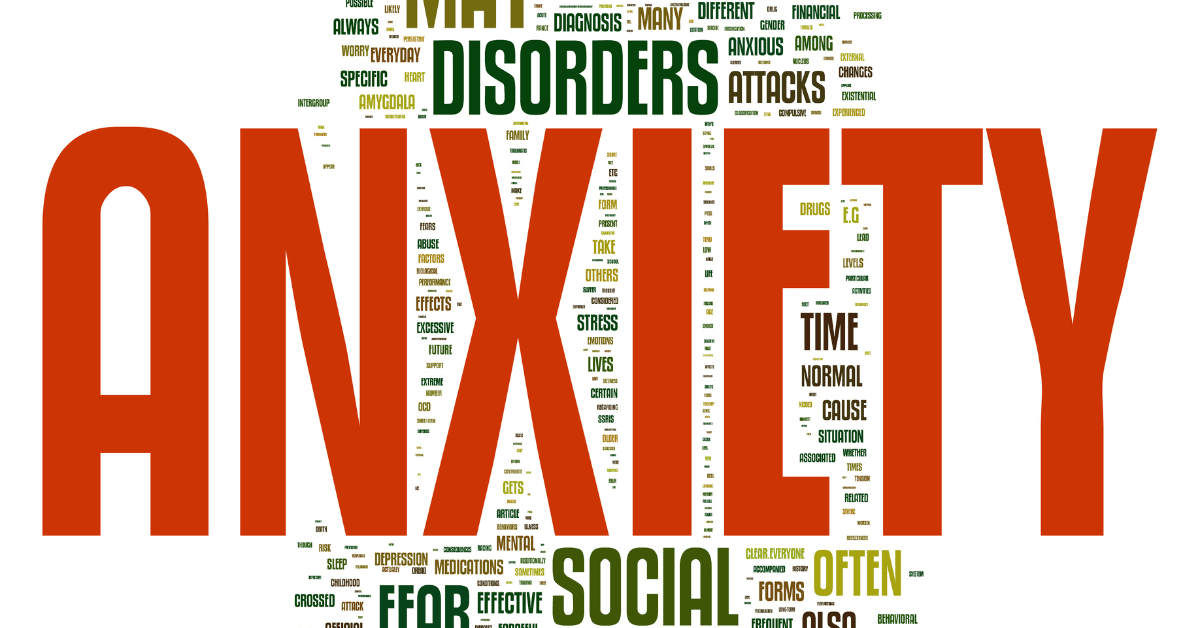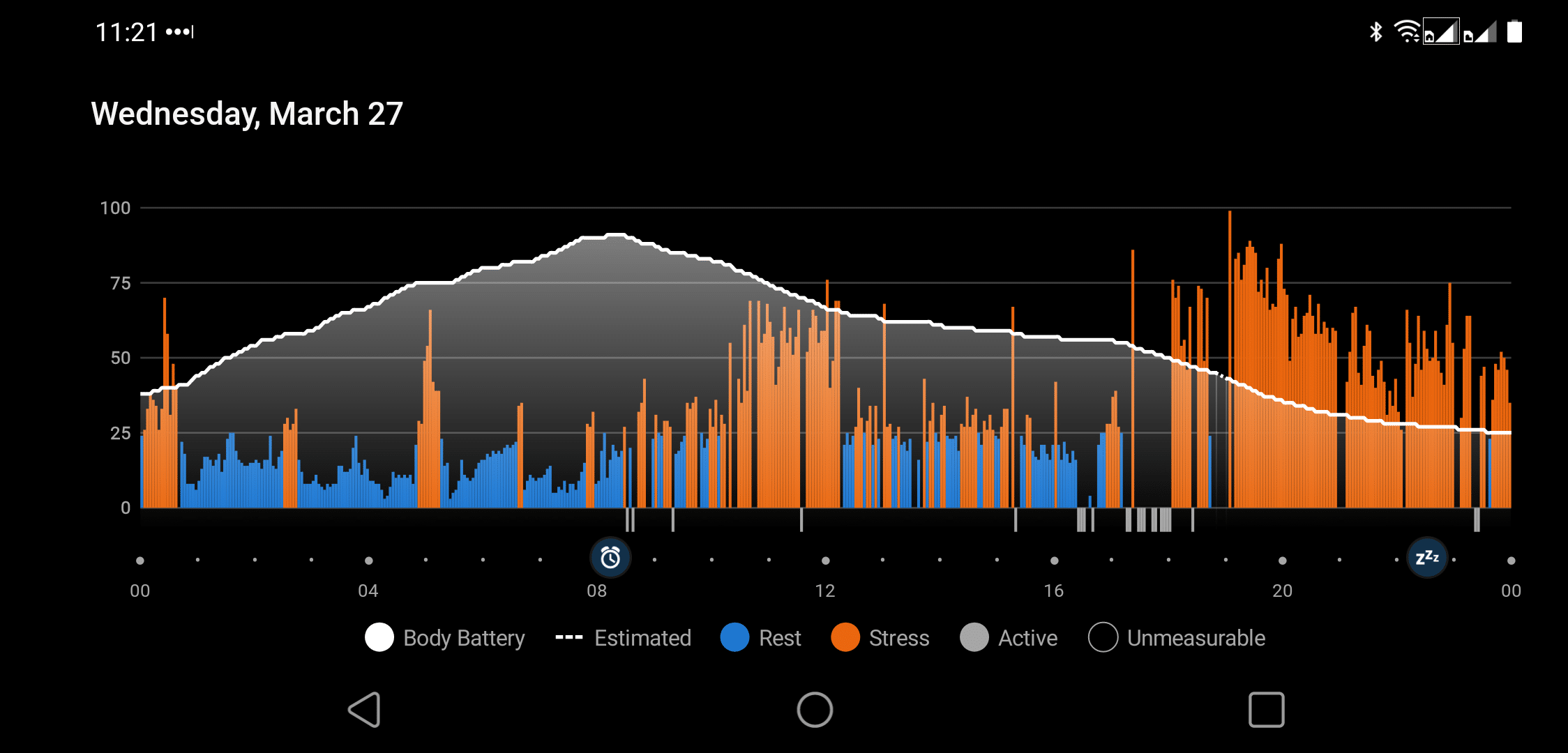The Beck Anxiety Inventory (BAI) stands as a pivotal tool for measuring anxiety levels, offering insights into the severity of one’s symptoms 1. Developed to aid individuals and professionals, the BAI facilitates a deeper understanding of anxiety through a structured assessment process, guiding users toward informed decisions about mental health care.
What is the Beck Anxiety Inventory and How Does it Work?
The Beck Anxiety Inventory (BAI) is a self-report questionnaire used to assess the severity of anxiety symptoms. It consists of 21 questions, each describing a common anxiety symptom. Respondents rate how much they’ve been bothered by each symptom over the past week, providing a quantitative measure of anxiety.
This blog is part of a series on “stress assessments.” The next blog is about the Coping Inventory for Stressful Situations.
Key Insights on the Beck Anxiety Inventory (BAI)
- The Beck Anxiety Inventory is a self-report measure designed to assess the severity of anxiety symptoms.
- 21 questions focused on physical and cognitive symptoms help quantify anxiety levels over the past week.
- Scoring ranges from 0 (not at all) to 3 (severely), with total scores indicating anxiety severity.
- Categorization into minimal, mild, moderate, or severe anxiety guides further action or intervention needs.
- Professional guidance is crucial for accurately interpreting and applying BAI results in treatment planning.
Understanding BAI Scoring
The Beck Anxiety Inventory (BAI) scoring system is like the Richter scale for your anxiety—both quantify something you feel into a number you can work with. Each question in the inventory asks you to rate how much a specific symptom has bothered you over the past week, with options ranging from “not at all” to “severely.”
It’s like rating your fear of spiders from “What spider?” to “Burn the house down!” After answering all questions, your scores are added to give an overall measure of your anxiety severity. This total score places you in one of four categories: minimal, mild, moderate, or severe anxiety.
Understanding where you fall on this spectrum is crucial because it helps identify the next steps toward managing those anxiety symptoms.
Interpreting Your BAI Results
Interpreting your BAI results isn’t just about putting a label on how you feel; it’s about unlocking a door to better understanding and managing your anxiety. The results offer insights into how deeply anxiety affects you, providing a snapshot of your mental health landscape at that moment.
Think of it as getting a weather report on the climate of your mind—knowing whether you’re dealing with a drizzle or a full-blown storm can help you decide on the best course of action.
However, while these results are illuminating, they are not definitive judgments. They are starting points for conversations with healthcare professionals who can help navigate the fog and toward clearer skies.
| Score Range | Anxiety Level | Recommended Action |
|---|---|---|
| 0-7 | Minimal Anxiety | Continue usual activities; monitor if increases. |
| 8-15 | Mild Anxiety | Mindfulness practices; possibly consult a professional. |
| 16-25 | Moderate Anxiety | Seek professional guidance; consider therapy. |
| 26-63 | Severe Anxiety | Immediate professional intervention required. |
How to Use the Beck Anxiety Inventory Effectively
You need to grasp the administration and scoring process to use the BAI effectively. The BAI can be self-administered or conducted in a clinician-interview format.

While the BAI is a crucial tool for measuring current anxiety, it is not designed to diagnose anxiety disorders such as generalized anxiety disorder, panic disorder, or social phobia. Nonetheless, it is widely used in clinical and research settings due to its proven reliability and validity.
Personal Thoughts
In my quest to manage chronic stress and anxiety, I found the Beck Anxiety Inventory (BAI) to be a valuable tool. It gave me a clear measure of where I stood, allowing me to track my progress over time objectively.
While no single method holds all the answers, combining the BAI’s insights with scientifically backed stress management techniques has significantly impacted my ability to handle life’s pressures more effectively.
Don’t want to take the test online? Then get the downloadable version.
Take the Beck Anxiety Inventory (BAI) Test here:
INSTRUCTIONS: Below is a list of common symptoms of anxiety. Please carefully read each item in the list.
Indicate how much you have been bothered by that symptom during the past month, including today, by selecting the most appropriate answer.
Please leave your email below to receive the results in your inbox, along with my free eBook Beyond Deep Breaths, which contains ten lesser-known but very effective stress-coping skills to get you started.
Frequently Asked Questions
How do you score the Beck Anxiety Inventory?
Scoring the BAI involves adding up the ratings for each of the 21 questions. Each question is scored on a scale of 0 (not at all) to 3 (severely), with total scores ranging from 0 to 63. Higher scores indicate greater levels of anxiety.
What makes the Beck Anxiety Inventory different from other tests?
The BAI specifically measures physical and cognitive symptoms of anxiety, distinguishing it from other assessments that may focus more broadly on psychological distress or depression. Its concise format and focus on recent symptoms provide a targeted approach to assessing anxiety levels.
Can the Beck Anxiety Inventory diagnose anxiety disorders?
No, the Beck Anxiety Inventory cannot diagnose anxiety disorders by itself. It’s designed to measure the severity of anxiety symptoms and help identify potential cases of anxiety. Diagnosis should always be conducted by qualified healthcare professionals using comprehensive clinical evaluations alongside any inventory results.





